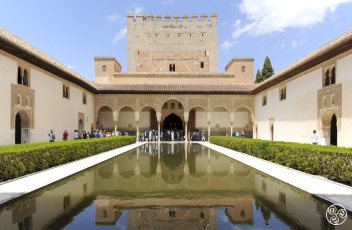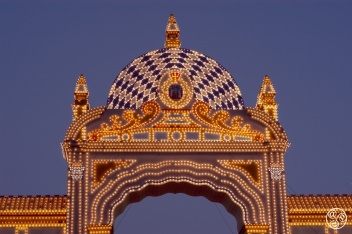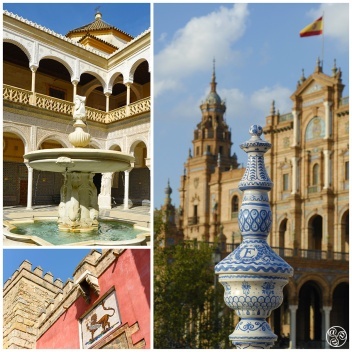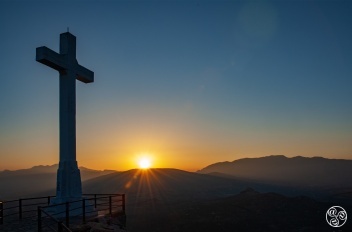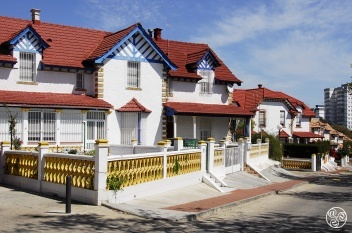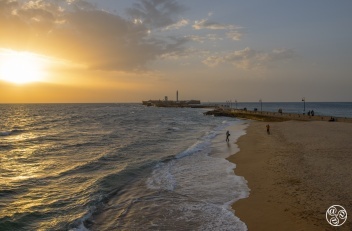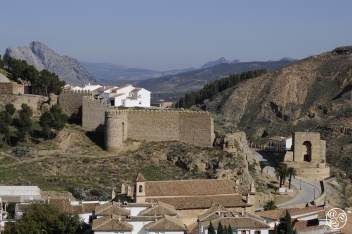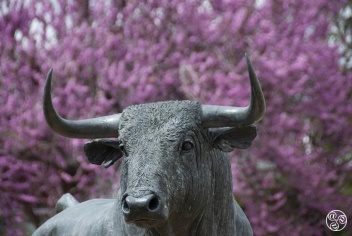It's an irresistible topic for writers - in the early 20th century, those who waxed (lyrical, or not) about La Lidia included Ernest Hemingway and DH Lawrence. For Hemingway, it was about that macho rush of adrenalin, the visceral battle of man against beast, and morbidity. In Death in the Afternoon , he remarks that "people must have an interest in death. and when they can see it being given, avoided, refused and accepted in the afternoon for a nominal price of admission, they pay their money and go to the bullring." In The Plumed Serpent, Lawrence's female protagonist takes a very different view of a corrida in Mexico City: "For the first time, a bull seemed to her a fool. She had always been afraid of bulls, fear tempered with reverence of the great Mithraic beast. And now she saw how stupid he was, in spite of his long horns and his massive maleness. Blindly and stupidly he ran at the rag, each time, and the toreadors skipped like fat-hipped girls showing off."
